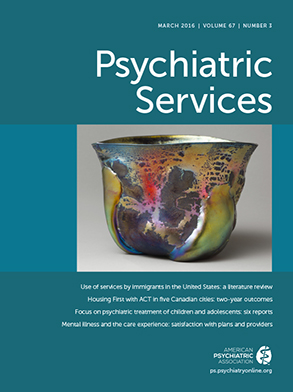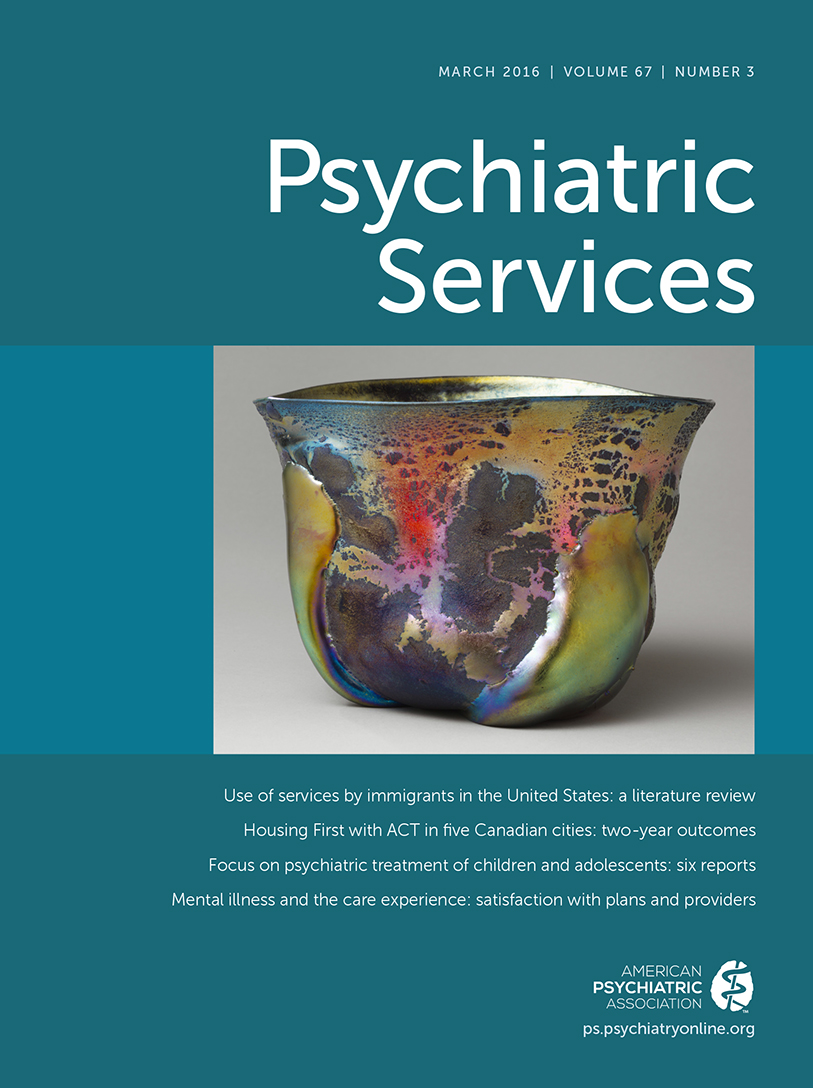IN REPLY: I am grateful to Dr. Geller for taking time to comment on this article. He raises an important issue, namely the problem of underreporting of violence on psychiatric units. Underreporting on incident reports is often noted in research studies (
1) and is a reason the analyses in this study were limited to injurious assaults. However, I am not convinced that underreporting can explain this study’s results.
On the basis of his extensive experience evaluating hospital staffing, Dr. Geller posits an association between staffing and the accuracy with which assaults are reported. The staffing-reporting association that Dr. Geller has observed deserves formal study. Large-scale quantitative data would allow us to quantify this association, determine at what levels of understaffing and for what proportion of facilities it holds, estimate the proportion of assaults that go unreported at a given staffing level, and test any observed association for statistical significance.
Without formal study and a better understanding of this association, I am hesitant to conclude that the findings of this and other published studies on staffing and violence are invalid simply because they are based on reported rates of assault. Staff reports of assault may be imperfect, but they are generally our best and only source of large-scale, systematically collected data.
It is also worth noting the finding in this study that higher levels of RN staffing were associated both with higher rates of assault against hospital personnel and with lower rates of assault against patients. These opposite effects are difficult to explain if reported rates of assault are primarily a function of staff having time to complete the necessary paperwork. Moreover, units with higher RN staffing should have more, not less, time to document injurious assaults against patients.
I share Dr. Geller’s concern about the results of this study being misused to justify an ill-conceived attempt to reduce violence and costs by making inappropriate reductions in staffing. However, given the findings of this study and the other published research (
2), I am more concerned that the conventional wisdom on staffing and violence may be unsound and that efforts to prevent violence by increasing staffing (especially non-RN staff) may be wasteful or even counterproductive. Perhaps the key to making psychiatric units safer lies not in higher staffing (although this may be appropriate for some facilities, such as those described by Dr. Geller) but in understanding, reducing, and better managing patient-staff and patient-patient conflict.
In the article, I noted the need for further research and suggested that hospitals consider small, controlled experiments to assess effects of staffing changes (with non-RN staffing being the more promising candidate for adjustment). Hospitals could increase non-RN staffing on a set of randomly chosen units while holding staffing constant on a set of control units and compare any change in assault rates after three months. Results would likely vary by hospital, but in aggregate the findings would move us closer to answering the question of whether and how staffing affects assault rates.

